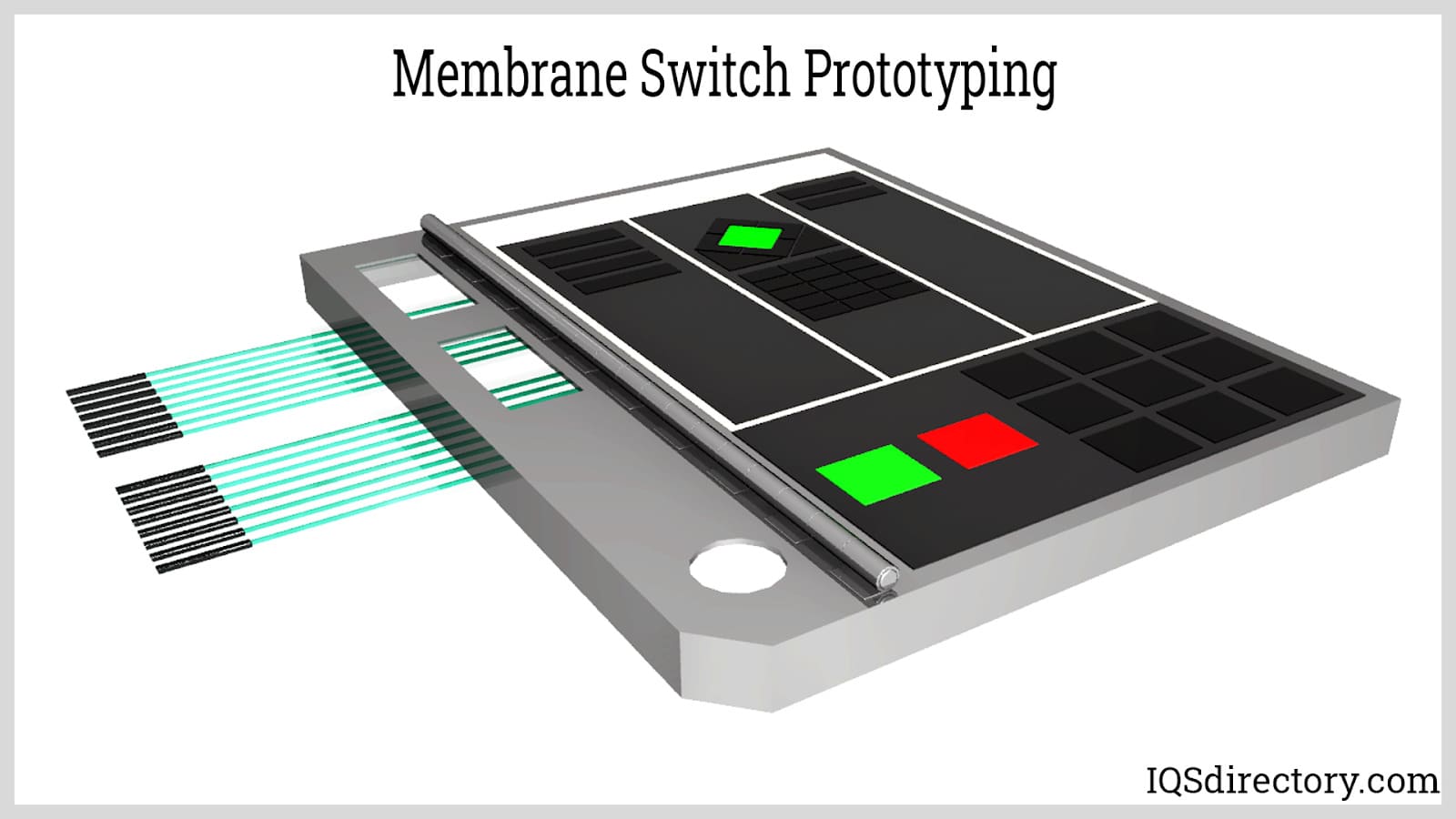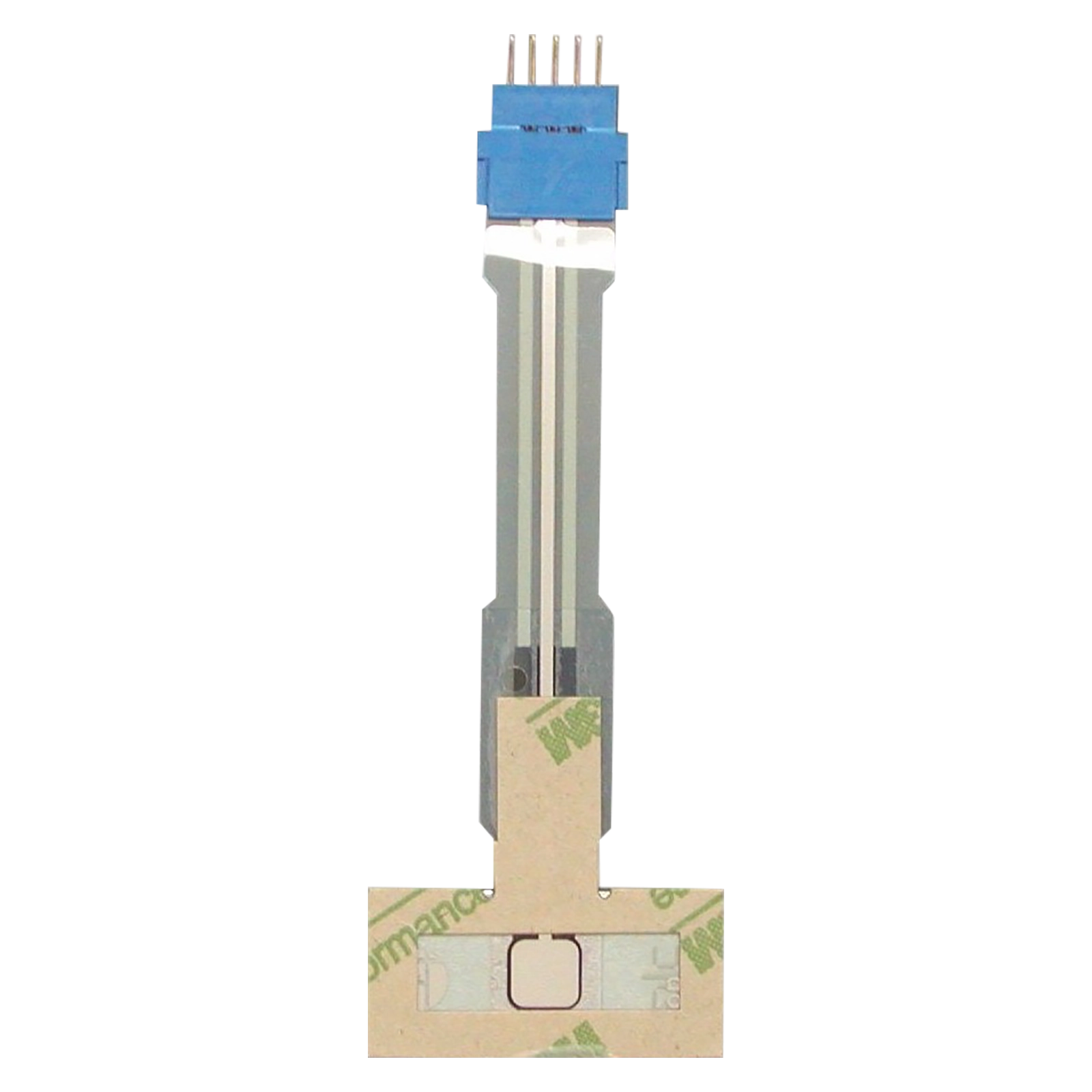Membrane Change Innovation: The Secret to Dependable and Economical User Interfaces
Membrane layer switch modern technology has arised as a critical element in the layout of interface, offering both reliability and cost-effectiveness across a varied variety of applications. Its robust construction makes certain resistance to environmental challenges, while the adaptability in style enables customized solutions that fulfill details sector needs. As we discover the complex benefits of membrane switches, their potential for development questions regarding future applications and progressing fads. What does the next phase hold for this technology in a progressively digital landscape?
Understanding Membrane Switch Over Technology
Membrane button technology is a widely made use of interface service in different electronic tools, supplying a smooth blend of functionality and design. This technology includes several layers of materials, usually consisting of a graphic overlay, spacer layer, and a circuit layer. The graphic overlay presents the user interface aspects, while the spacer layer divides the circuit layer from the overlay till a customer turns on a switch.
When pressure is used to the overlay, the circuit layer completes the electric circuit, sending out a signal to the device. This device permits for numerous configurations, including tactile feedback and backlighting options, boosting customer communication. Membrane buttons are generally produced making use of durable products such as polyester or polycarbonate, ensuring longevity and resistance to environmental variables like wetness and dust.
The adaptability of membrane layer switches over allows their application in diverse markets, including medical gadgets, consumer electronics, and industrial controls. Their portable design allows for integration right into space-constrained environments, offering an efficient customer interface without compromising visual charm. Comprehending the ins and outs of membrane layer button modern technology is important for suppliers and designers looking for to create reputable and reliable human-machine user interfaces.
Trick Advantages of Membrane Buttons
While numerous interface services exist, membrane layer switches offer unique advantages that make them a preferred selection in various applications. Among the primary advantages is their sturdiness; membrane layer buttons are created to endure harsh environmental conditions, consisting of dampness, dirt, and temperature level changes, making sure lasting efficiency. This durability dramatically decreases the need for frequent replacements, thus lowering general upkeep costs.

Additionally, membrane switches are lightweight and compact, making them ideal for applications where room is limited. Their low-profile design contributes to a sleek look without endangering capability.
Cost-effectiveness is likewise a significant advantage, as the production process for membrane layer switches over often tends to be more economical compared to standard mechanical switches. This affordability, combined with their dependability and simplicity of setup, positions membrane layer changes as a sensible service for a wide variety of sectors looking for efficient and effective interface.
Applications Across Numerous Industries
Just how do membrane layer switches adjust to the varied demands of various sectors? Membrane layer switch innovation is increasingly recognized for its flexibility, making it suitable for a wide variety of applications throughout numerous fields.
In consumer electronics, membrane layer switches supply a compact solution for push-button controls and home devices, enhancing user experience through user-friendly layout. In addition, the commercial sector leverages membrane layer buttons for equipment control board, gaining from their resistance to harsh settings, such as wetness and dirt.
Armed forces and aerospace applications additionally use membrane switches for their reliability and ability Check This Out to endure severe conditions, ensuring operational performance in critical situations. Moreover, the food and beverage sector takes on these switches for automated systems, where cleanliness and simplicity of operation are extremely important. Ultimately, membrane layer switches are customized to fulfill the special demands of each sector, confirming their necessary function in modern innovation interfaces
Design and Modification Choices

In the world of membrane button innovation, design and modification alternatives play a pivotal function in improving capability and individual interaction. These buttons can be customized to satisfy particular functional needs and aesthetic preferences, making them versatile elements in different applications.
Among the key personalization alternatives is the format of the switch itself, which can be created to accommodate unique interface and ergonomic factors to consider. By readjusting the shape, size, and arrangement of buttons, makers can develop intuitive designs that anchor help with simplicity of use. In addition, the incorporation of different colors and graphic overlays enables branding and improved presence, ensuring that individuals can rapidly determine features.
Moreover, membrane layer buttons can be crafted with numerous responsive responses systems, such as raised buttons or audible clicks, to boost the user experience. Different materials can additionally be selected for sturdiness and ecological resistance, attending to variables such as moisture, temperature level variations, and chemical direct exposure.
Inevitably, the substantial layout and customization alternatives readily available in membrane layer button technology empower businesses to produce customized options that not just satisfy practical requirements but additionally line important site up with their branding and operational requirements.

Future Trends in Membrane Layer Buttons
As membrane layer switch modern technology proceeds to advance, future trends are significantly concentrated on improving customer experience and integrating innovative performances. One considerable fad is the assimilation of touch-sensitive and capacitive technologies into traditional membrane layer buttons. This development enables for even more user-friendly interface, offering responsive comments while maintaining a smooth style.
One more arising fad is the usage of environmentally pleasant products, driven by the expanding need for sustainable production techniques. Producers are looking for to reduce their carbon footprint by using recyclable substratums and low-impact inks, aligning with international sustainability objectives.
In addition, the surge of the Internet of Things (IoT) is prompting the incorporation of wise attributes into membrane switches. Improved connectivity alternatives will certainly enable gadgets to communicate with each other, permitting seamless assimilation right into more comprehensive systems.
In addition, improvements in printing modern technologies, such as digital printing, are allowing for greater design adaptability and personalization. This allows makers to create intricate designs and vibrant shades cost-effectively.

Final Thought
To conclude, membrane layer switch modern technology stands for an important innovation in interface style, offering substantial advantages in resilience, modification, and cost-effectiveness. Its extensive applicability throughout diverse sectors highlights its importance in contemporary technology. As improvements continue to arise, specifically in touch-sensitive user interfaces and sustainable materials, the possibility for membrane layer changes to enhance customer experience and performance continues to be promising. Proceeded exploration of this innovation will likely generate even more enhancements and widen its scope in future applications.